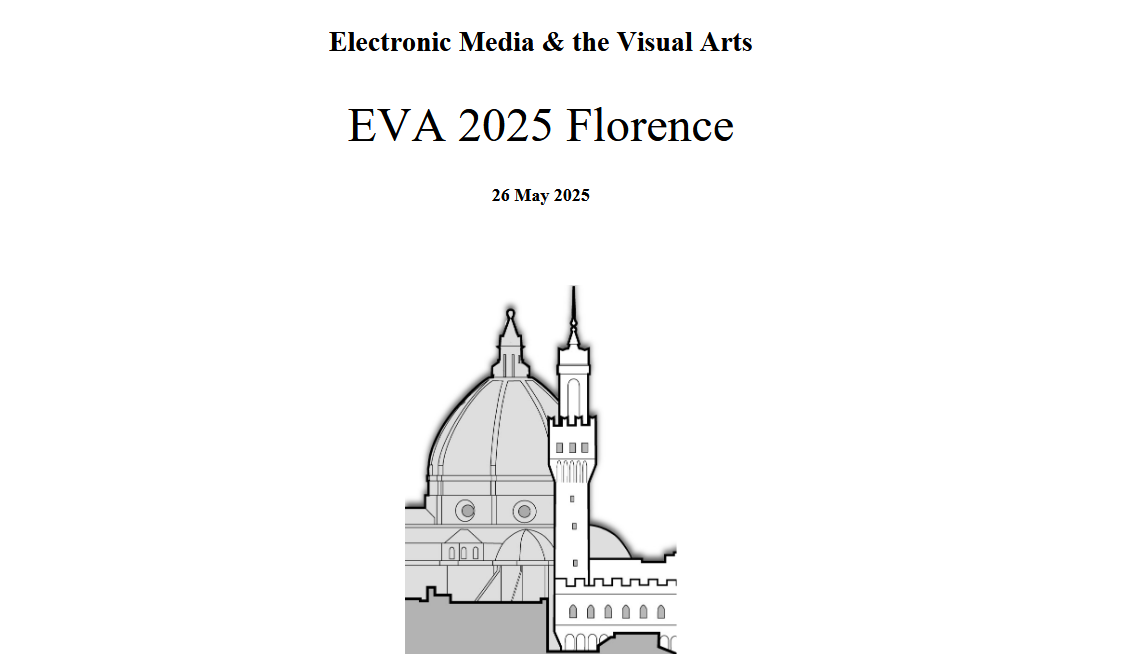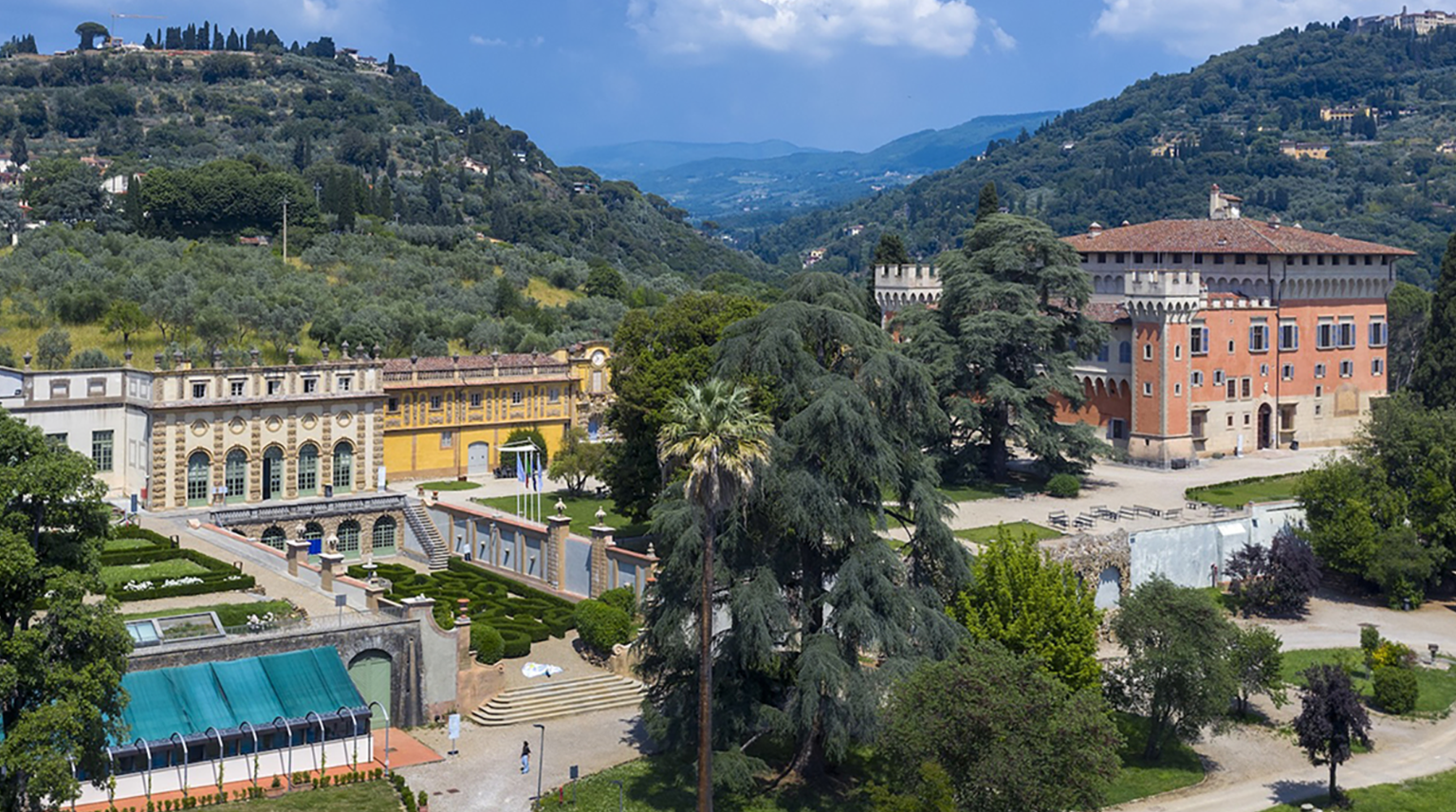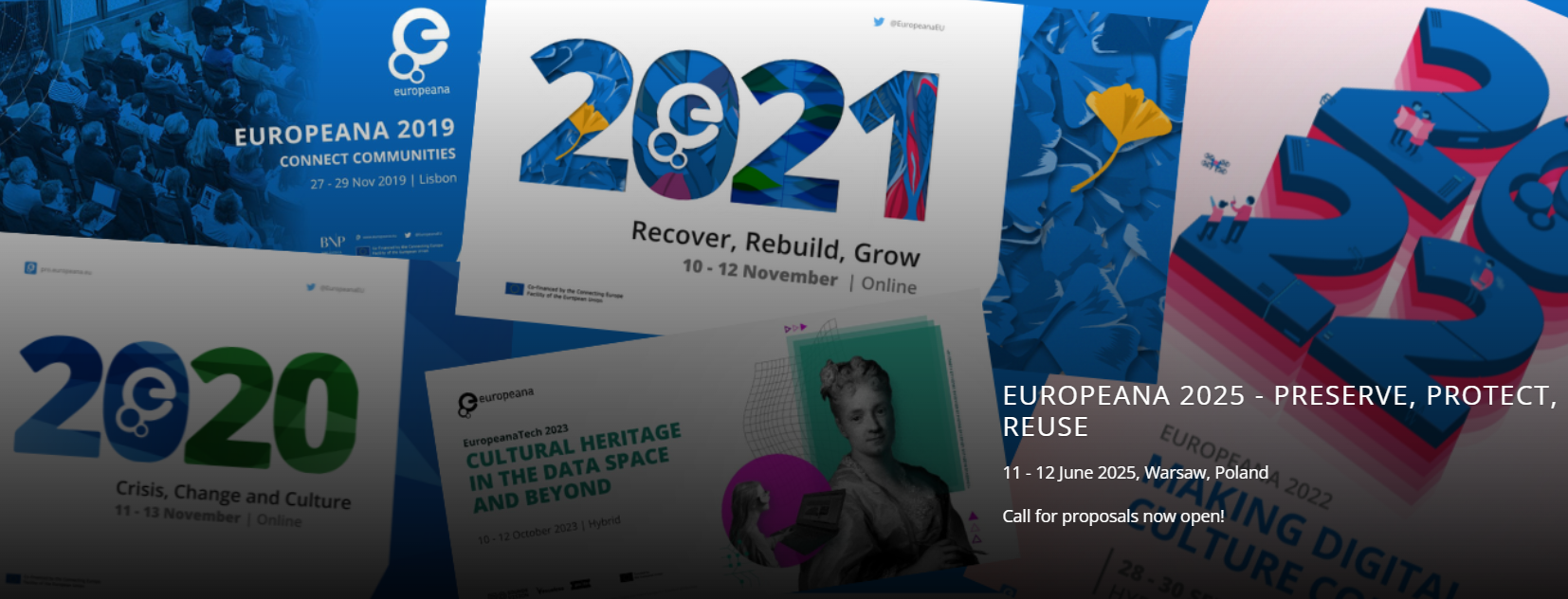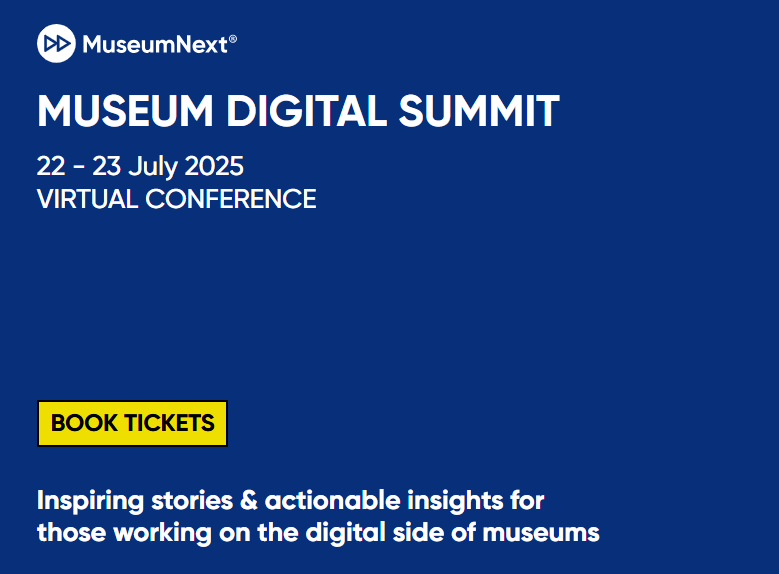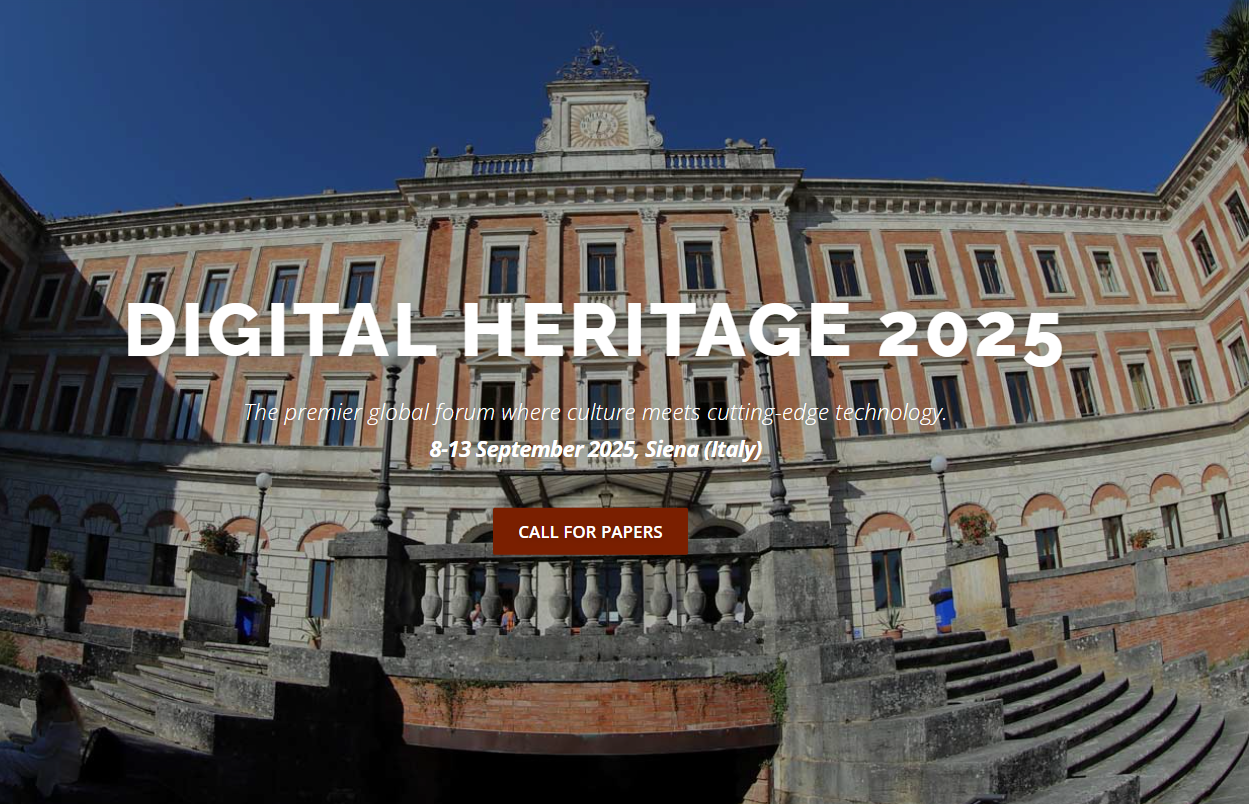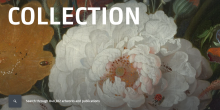At its most mundane, the verb ‘belonging’ describes the quality of fitting in, or being a member of a particular group, including family, friends, or community. In recent years the concept has, within a broader framework of the politics of belonging, been increasingly associated with concepts such as identity, recognition, (social) inclusion or (social) exclusion, especially in relationship to ideas about citizenship. The question of what groups can be regarded as belonging to Europe, for example, has become more salient and contested in recent years. In this sense the concept of ‘belonging’ describes a struggle to become part of a group, where the decision to include or exclude rests with an authority more powerful than the individuals who desire inclusion or recognition. It is within this framework that the concept of belonging is relevant for the Cultural Heritage domain. In this stance, Cultural Heritage becomes one of many factors upon which notions of inclusion or exclusion – essentially, questions of belonging – are negotiated and contested, especially under the authority represented by the political community of the nation state or the region.
-
Join the
Digital Meets Culture
Newsletter! -
Join the
Digital Meets Culture
Open Newsroom! If you have interesting news and events to point out in the field of digital cultural heritage, we are waiting for your contribution.
If you have interesting news and events to point out in the field of digital cultural heritage, we are waiting for your contribution.
-
Free text
-
-
Upcoming events
-
 The SECreTour team met with local communities on 10-11 March 2025
The SECreTour team met with local communities on 10-11 March 2025On 10th and 11th March representatives of partners of the SECreTour project met in Lugano to visit the places of the pilot about Monte San Giorgio. This is a very special place, full of cultural heritage, environamental and historic excellence, … Continue reading →
 Collaboration agreement has started between the SECreTour project and the Europeana Foundation, in March 2025
Collaboration agreement has started between the SECreTour project and the Europeana Foundation, in March 2025The SECreTour Network is growing! Europeana empowers the cultural heritage sector in its digital transformation. It develops expertise, tools and policies to embrace digital change and encourage partnerships that foster innovation. It makes it easier for people to use cultural … Continue reading →






